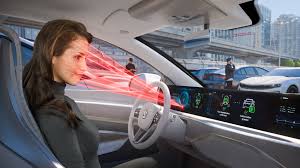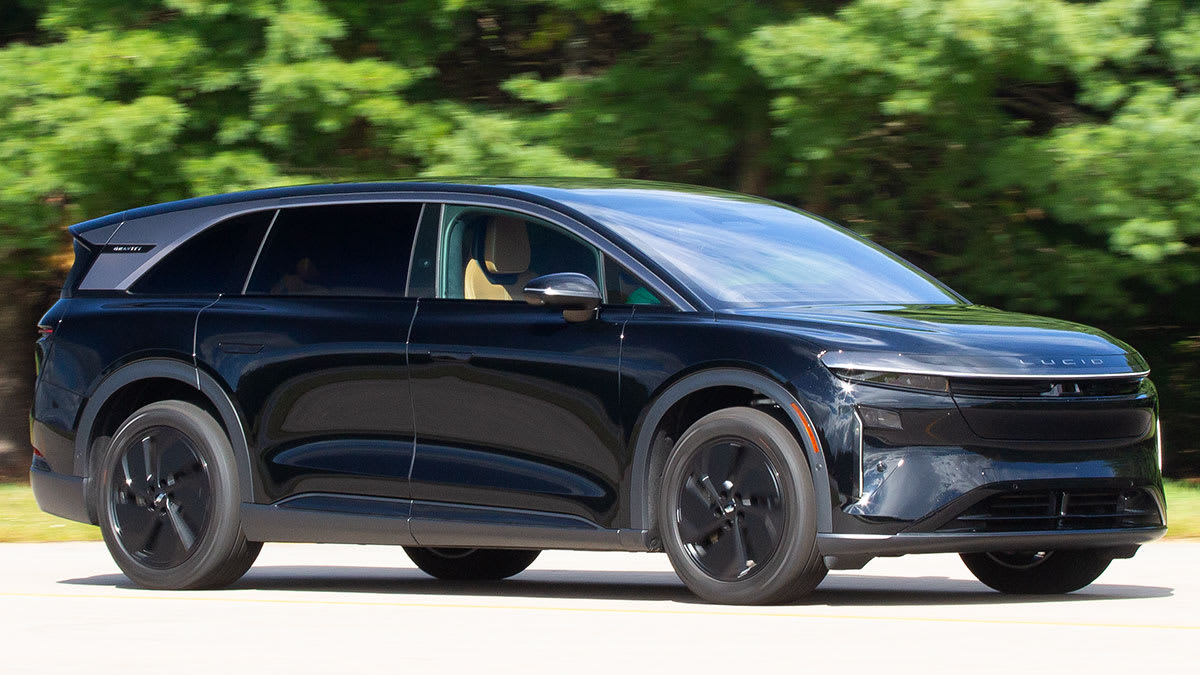Electric Cars 2026 – The Future of Clean and Smart Driving
Introduction: A New Era of Mobility
The automotive world is entering a revolutionary era, and Electric Cars 2026 are at the forefront of this transformation. With rapid advancements in battery technology, autonomous systems, and eco-friendly innovation, 2026 is shaping up to be the year when electric vehicles (EVs) dominate global roads.
Major brands such as Tesla, BMW, Mercedes-Benz, Toyota, Hyundai, and Rivian are unveiling new models that redefine luxury, performance, and sustainability. From long-range sedans to powerful electric SUVs, the future of mobility is smarter, cleaner, and more connected than ever before.

1. Global EV Market Outlook for 2026
The demand for electric vehicles continues to rise due to stricter emission laws, rising fuel prices, and growing environmental awareness. By 2026, industry experts predict EVs will make up over 30% of total global car sales.
Countries across Europe, Asia, and North America are offering incentives and expanding charging networks, creating a perfect environment for EV growth. The year 2026 will witness a massive shift from conventional combustion engines to electric and hybrid alternatives.
2. The Technological Leap Forward
Electric Cars 2026 are not just about zero emissions — they are about smarter, more connected driving experiences. Key innovations include:
-
Next-Gen Battery Tech: Solid-state batteries offer faster charging and longer lifespans.
-
Ultra-Fast Charging: Some 2026 EVs will charge up to 80% in under 15 minutes.
-
Autonomous Driving Systems: Level 3 and Level 4 autonomy are becoming a reality.
-
AI-Integrated Infotainment: Voice-controlled and AI-driven interfaces enhance personalization.
-
Eco-Friendly Materials: Interiors crafted from recycled and vegan materials reflect a greener mindset.
3. Tesla’s 2026 Lineup – Innovation Beyond Limits
Tesla remains the benchmark for electric innovation. In 2026, the brand continues its dominance with cutting-edge models like:
Tesla Model S Plaid+ (2026 Refresh)
An upgraded version featuring improved aerodynamics, over 1,200 horsepower, and a range of nearly 700 km on a single charge.
Tesla Model 3 Highland
This redesigned compact sedan offers a minimalist interior, faster acceleration, and improved range, making it one of the best-selling EVs of 2026.
Tesla Cybertruck 2026
Finally entering full production, the Cybertruck combines durability, performance, and futuristic aesthetics — a true icon of electric innovation.
4. BMW’s i-Series: Luxury Meets Electrification
BMW continues to strengthen its electric portfolio with elegant performance.
BMW i5 2026
A luxury sedan merging sporty dynamics with sustainability, featuring a range exceeding 600 km and a refined, tech-forward cockpit.
BMW iX2 and iX3 Facelift
BMW’s electric SUVs deliver the brand’s signature driving pleasure with upgraded battery systems and enhanced efficiency for long-distance travel.
BMW’s Vision Neue Klasse concept, expected to influence 2026 models, showcases the future of electric luxury with sleek designs and high-tech interiors.
5. Mercedes-Benz EQ Series – Electric Elegance
Mercedes-Benz is expanding its EQ lineup with sophistication and power.
Mercedes EQS 2026
This flagship sedan remains one of the most luxurious electric cars in the world. With a range of up to 750 km, it features a panoramic Hyperscreen and advanced driver-assistance technologies.
Mercedes EQE SUV
An executive-class SUV offering comfort and versatility, perfect for both city drives and long-distance journeys.
Mercedes’ 2026 EVs highlight how luxury can coexist with responsibility, delivering silent performance with zero emissions.
6. Toyota’s Electric Comeback
Toyota, known for hybrid leadership, is now entering the pure EV segment with full force by 2026.
Toyota bZ5X and bZ3C
These models feature futuristic designs, solid-state battery technology, and extended ranges beyond 500 km.
Toyota’s commitment to reliability and innovation positions the bZ series as one of the most practical electric vehicles of 2026 — combining Japanese craftsmanship with global appeal.
7. Hyundai and Kia – Leading Affordable EVs
Hyundai and Kia are making EV ownership more accessible without compromising quality.
Hyundai Ioniq 7
A large electric SUV with seating for seven, cutting-edge safety features, and a range of over 650 km.
Kia EV9
The EV9 has already drawn global attention with its bold styling, luxurious interior, and competitive pricing, setting new standards for family electric vehicles.
Both brands are focusing on ultra-fast 800V charging systems that make recharging as quick as a coffee break.
8. Rivian, Lucid, and the Rise of Electric Startups
The EV revolution is not limited to traditional automakers. Companies like Rivian and Lucid Motors are redefining performance and luxury.
Lucid Air Sapphire
One of the fastest electric sedans on earth, the Sapphire variant delivers over 1,200 hp and a range of 700 km.
Rivian R1T and R1S
These adventure-ready EVs combine rugged performance with sustainability, appealing to outdoor enthusiasts and tech lovers alike.
Startups like Fisker, Nio, and BYD are also expected to expand globally by 2026, bringing more options and competition to the EV space.
9. The Future of Charging and Infrastructure
By 2026, EV charging will be faster, smarter, and more widespread than ever.
-
Wireless Charging Pads: Some cities are introducing EV-friendly roads with built-in charging coils.
-
Solar-Powered Stations: Reducing grid dependency and enabling renewable energy use.
-
AI-Optimized Charging: Systems that calculate the best time and rate for cost-efficient charging.
This infrastructure growth ensures that electric mobility is not just sustainable, but also highly convenient.
10. Environmental and Economic Impact
The impact of electric cars in 2026 extends beyond technology. EVs are helping countries meet carbon-neutral goals, reduce noise pollution, and cut maintenance costs for drivers.
Moreover, the EV industry is creating millions of new jobs globally — from battery production to AI-driven software development — fueling a sustainable economy.
11. Challenges Ahead
While the electric revolution is accelerating, challenges remain:
-
Battery recycling and material sourcing need eco-friendly solutions.
-
Charging networks in developing regions require major investments.
-
EV prices must continue to decrease for global adoption.
However, continuous research and global collaboration promise to overcome these obstacles.
12. The Road Ahead – Vision 2030
By 2030, the automotive world will look entirely different. The cars we know today will evolve into autonomous, connected, and zero-emission vehicles. Electric Cars 2026 are the stepping stones toward that future — a glimpse into the decade of innovation and sustainability.
Conclusion: Powering the Future
The Electric Cars of 2026 represent more than just a trend — they symbolize a shift in humanity’s relationship with technology and the environment.
From Tesla’s innovation to Toyota’s reliability, Mercedes’ luxury, and Hyundai’s accessibility, the electric future is diverse and dynamic.
Drivers in 2026 will not just own a car; they’ll experience intelligent mobility that’s clean, efficient, and inspiring.
The electric era has begun — and the journey toward a greener planet has never looked more powerful. ⚡
